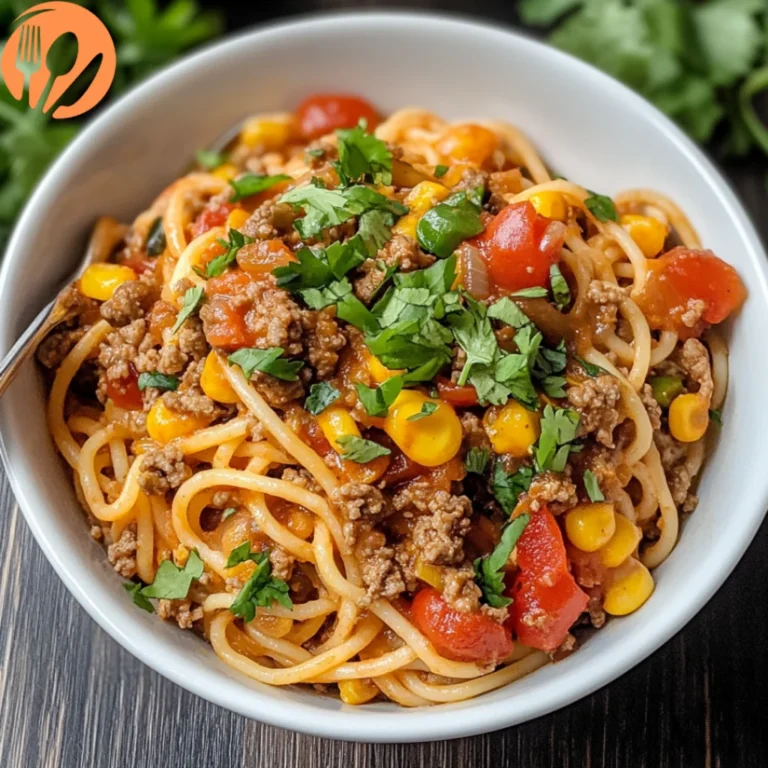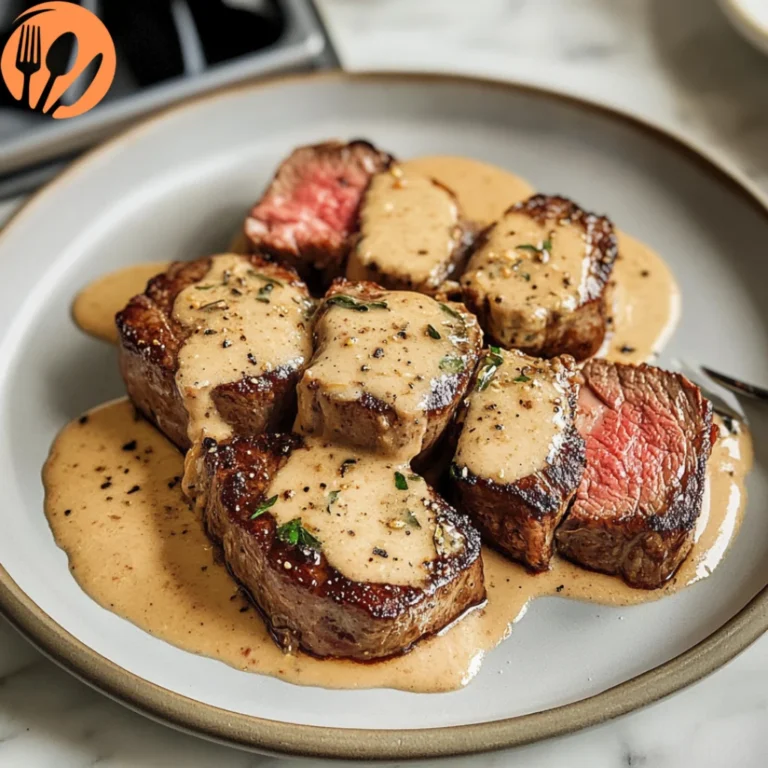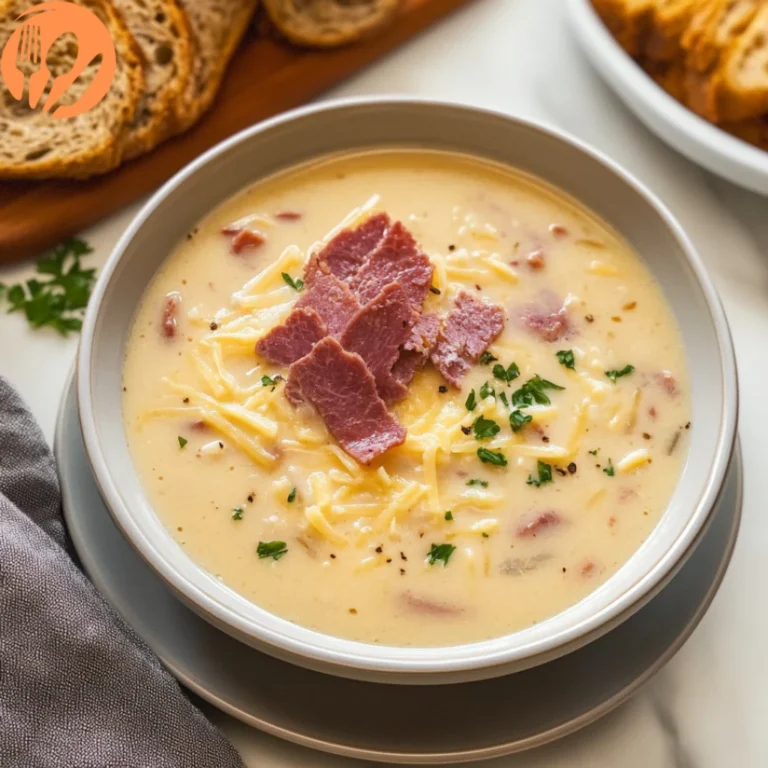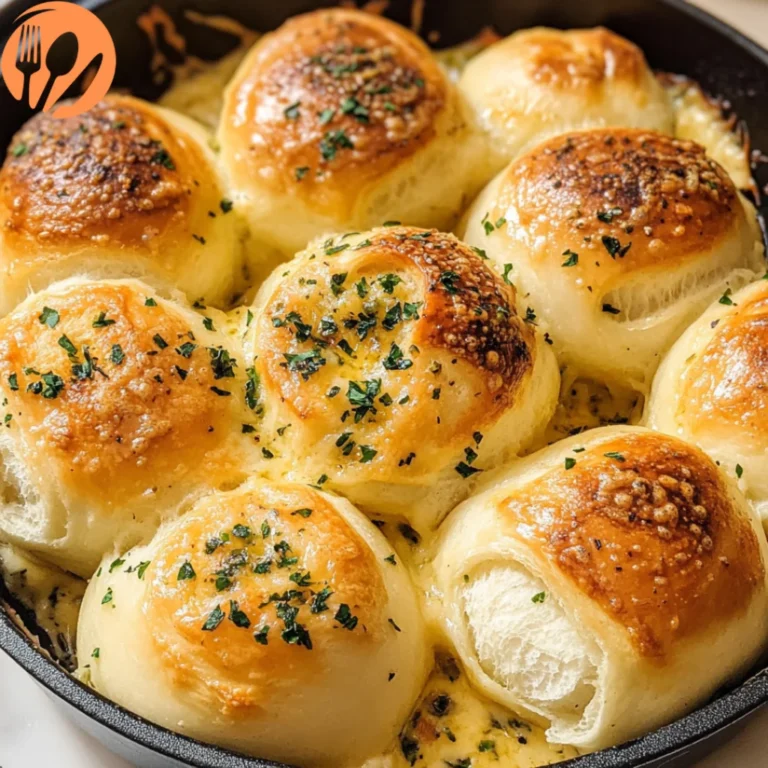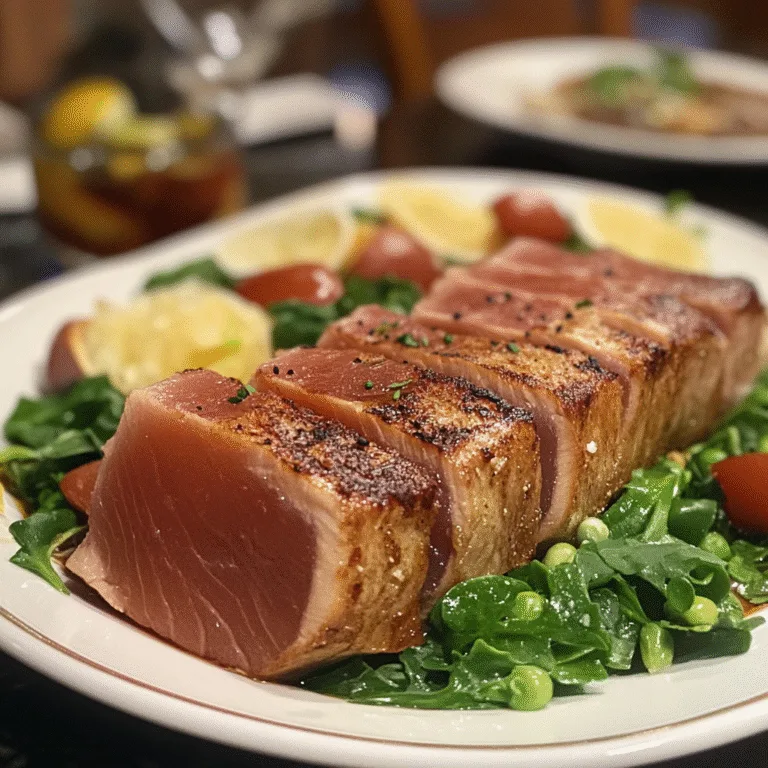Follow Me On Social Media!
Classic Eggplant Parmesan
Introduction
Did you know that eggplant was once considered poisonous by Europeans for over 200 years? This Mediterranean vegetable, now beloved worldwide, transforms into one of the most comforting dishes ever created. Classic Eggplant Parmesan proves that sometimes the best recipes come from the simplest ingredients – tender eggplant layers, rich marinara sauce, and melted cheese that creates pure magic in every bite.
This timeless Italian-American dish has graced family tables for generations, offering a perfect balance of vegetables and indulgence. Whether you're a seasoned cook or just starting your culinary journey, this Classic Eggplant Parmesan recipe will become your go-to comfort food that impresses every time.
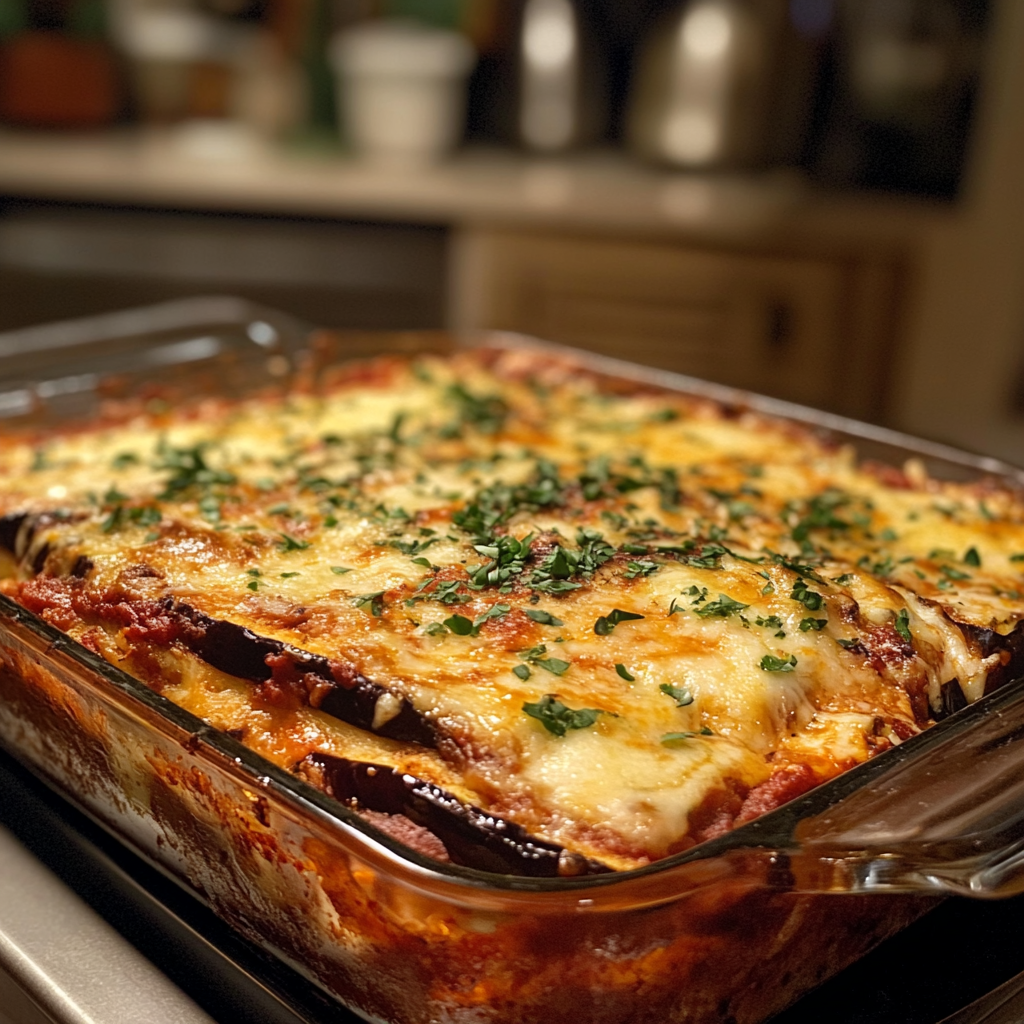
Ingredients List
For the Eggplant:
- 2 large eggplants (about 2-3 pounds), sliced into ½-inch rounds
- 2 teaspoons kosher salt
- 2 cups all-purpose flour (substitute: almond flour for gluten-free)
- 4 large eggs, beaten
- 3 cups Italian-seasoned breadcrumbs (substitute: panko for extra crunch)
- 1 cup freshly grated Parmesan cheese, divided
For the Assembly:
- 4 cups high-quality marinara sauce (homemade or store-bought)
- 16 oz fresh mozzarella cheese, sliced or shredded
- ½ cup fresh basil leaves, torn
- 2 tablespoons fresh oregano (substitute: 2 teaspoons dried oregano)
- Extra virgin olive oil for drizzling
- Freshly ground black pepper to taste
Pro Tip: Choose firm, glossy eggplants without soft spots. The weight should feel substantial for their size, indicating freshness and minimal bitterness.
Timing
Preparation Time: 45 minutes (including salting time)
Cooking Time: 1 hour 15 minutes
Total Time: 2 hours
This timing is slightly longer than average eggplant recipes, but the extra attention to proper salting and layering creates restaurant-quality results that justify every minute spent.
Step-by-Step Instructions
Step 1: Prepare the Eggplant
Slice eggplants into ½-inch rounds and arrange on paper towels. Sprinkle both sides generously with kosher salt and let sit for 30 minutes. This crucial step draws out excess moisture and bitterness, ensuring your Classic Eggplant Parmesan won't be soggy or bitter.
Step 2: Set Up Your Breading Station
Create three shallow dishes: flour in the first, beaten eggs in the second, and breadcrumbs mixed with ½ cup Parmesan cheese in the third. This assembly-line approach makes coating efficient and mess-free.
Step 3: Bread the Eggplant
Pat eggplant slices completely dry with paper towels. Dredge each slice in flour, then egg, then breadcrumb mixture, pressing gently to adhere. Place breaded slices on a wire rack while you finish the remaining pieces.
Step 4: Pan-Fry the Eggplant
Heat ½ inch of olive oil in a large skillet over medium-high heat. Fry eggplant slices in batches for 2-3 minutes per side until golden brown. Transfer to paper towels to drain excess oil.
Step 5: Layer Your Classic Eggplant Parmesan
Preheat oven to 375°F. Spread 1 cup marinara sauce in a 9×13-inch baking dish. Layer half the eggplant, half the remaining sauce, half the mozzarella, and half the basil. Repeat layers, finishing with remaining Parmesan cheese on top.
Step 6: Bake to Perfection
Cover with foil and bake for 35 minutes. Remove foil and bake an additional 15-20 minutes until cheese is bubbly and golden. Let rest for 10 minutes before serving – this allows layers to set properly.
Nutritional Information
Per Serving (serves 8):
- Calories: 385
- Protein: 18g
- Carbohydrates: 28g
- Fat: 24g
- Fiber: 8g
- Sugar: 12g
Eggplant provides excellent fiber content and antioxidants, particularly nasunin, which supports brain health. The combination of protein from cheese and complex carbohydrates makes this a surprisingly balanced comfort food option.
Healthier Alternatives for the Recipe
For Lower Calories: Instead of frying, brush eggplant slices with olive oil and bake at 425°F for 15 minutes per side. This reduces calories by approximately 150 per serving while maintaining flavor.
For Vegan Version: Replace mozzarella and Parmesan with cashew-based cheese alternatives or nutritional yeast. Use flax eggs (1 tablespoon ground flaxseed + 3 tablespoons water per egg).
For Low-Carb: Skip the breading entirely and simply layer roasted eggplant with sauce and cheese. Use sugar-free marinara sauce to further reduce carbohydrates.
For Gluten-Free: Substitute all-purpose flour with rice flour and use gluten-free breadcrumbs or crushed gluten-free crackers.
Serving Suggestions
Classic Eggplant Parmesan pairs beautifully with a crisp Caesar salad and garlic bread for a complete Italian feast. For wine pairings, choose a medium-bodied Chianti Classico or Sangiovese that complements the tomato sauce without overwhelming the delicate eggplant.
Consider serving alongside roasted vegetables like zucchini, bell peppers, or asparagus for added nutrition and color contrast. A simple arugula salad with lemon vinaigrette provides a peppery counterpoint to the rich, cheesy layers.
For a lighter presentation, serve smaller portions as an appetizer with crusty Italian bread and a selection of olives and cured meats.
Common Mistakes to Avoid
Skipping the Salting Process: This is the biggest mistake that leads to watery, bitter eggplant. Always allow 30 minutes for proper moisture extraction.
Overcrowding While Frying: Cook eggplant in batches to maintain oil temperature and achieve even browning. Overcrowding steams the eggplant instead of creating that crucial crispy exterior.
Using Too Much Sauce: Excess sauce makes the dish soggy. Use just enough to lightly coat each layer – the vegetables and cheese provide most of the moisture.
Cutting Slices Too Thin: Thin slices become mushy during cooking. Aim for ½-inch thickness for the perfect texture balance.
Not Resting Before Serving: Cutting immediately causes layers to slide apart. The 10-minute rest allows everything to set properly.
Storing Tips
Refrigeration: Store leftover Classic Eggplant Parmesan covered in the refrigerator for up to 4 days. The flavors actually improve overnight as they meld together.
Freezing: Wrap individual portions tightly in plastic wrap and aluminum foil, then freeze for up to 3 months. For best results, freeze before the final baking step and bake directly from frozen, adding 15-20 minutes to cooking time.
Reheating: For best texture, reheat in a 350°F oven for 15-20 minutes until heated through. Microwave reheating works but may result in softer texture. Cover with foil to prevent over-browning.
Make-Ahead Tip: Assemble the entire dish up to 24 hours ahead, cover tightly, and refrigerate. Bring to room temperature for 30 minutes before baking.
Conclusion
This Classic Eggplant Parmesan recipe transforms humble ingredients into an extraordinary meal that satisfies both vegetarians and meat-lovers alike. The combination of properly prepared eggplant, quality cheese, and aromatic herbs creates layers of flavor that improve with each bite.
Whether you're cooking for a special occasion or simply craving comfort food, this recipe delivers restaurant-quality results in your own kitchen. The techniques you'll master – from proper eggplant preparation to perfect layering – will serve you well in countless other recipes.
Ready to create your own Classic Eggplant Parmesan masterpiece? Gather your ingredients, follow these detailed steps, and prepare to impress! Share your results and any creative variations you discover – cooking is always better when shared with others.
FAQs
Q: Can I make Classic Eggplant Parmesan ahead of time?
A: Absolutely! Assemble the entire dish up to 24 hours ahead and refrigerate. Bring to room temperature for 30 minutes before baking, then follow the original baking instructions. This actually enhances flavor development.
Q: Why is my eggplant parmesan soggy?
A: Sogginess usually results from skipping the salting step, using too much sauce, or not draining fried eggplant properly. Always salt eggplant for 30 minutes, use sauce sparingly, and drain fried pieces on paper towels.
Q: Can I use frozen eggplant for this recipe?
A: Fresh eggplant works best for optimal texture. Frozen eggplant tends to be watery and mushy, making it difficult to achieve the desired consistency in Classic Eggplant Parmesan.
Q: How do I know when the eggplant parmesan is fully cooked?
A: The dish is ready when the cheese is golden and bubbly, the internal temperature reaches 165°F, and a knife inserted in the center comes out hot. The edges should be slightly caramelized but not burnt.


